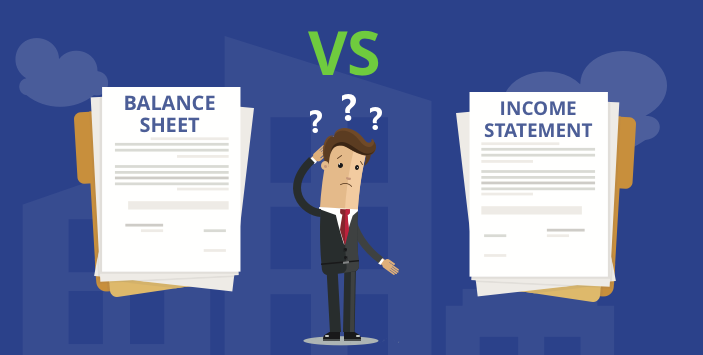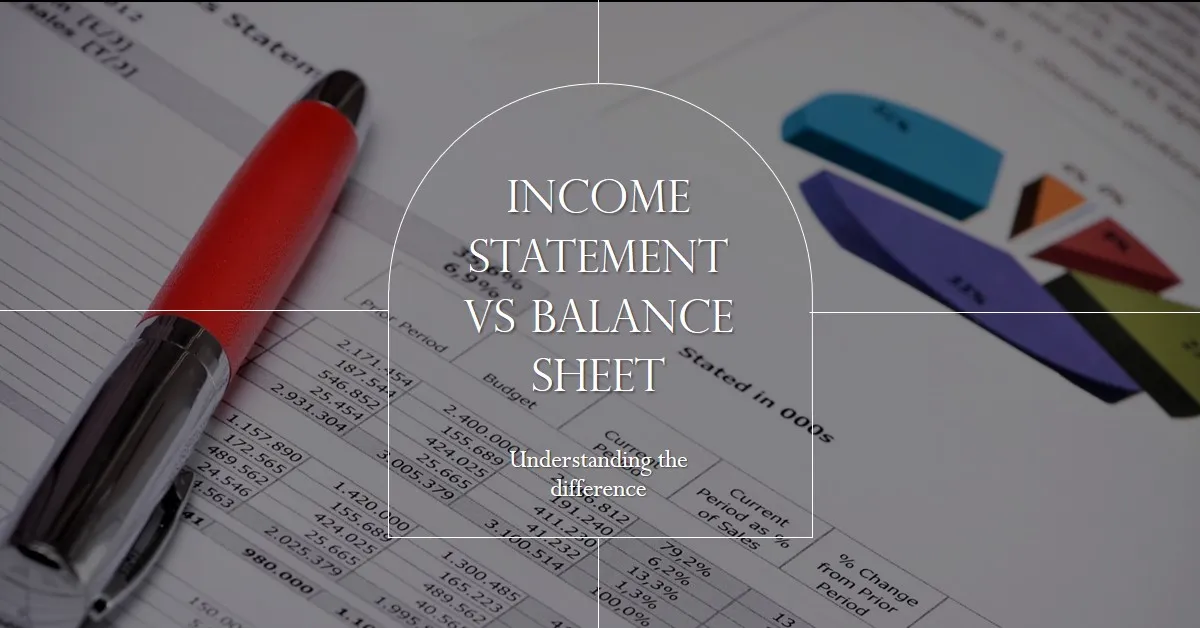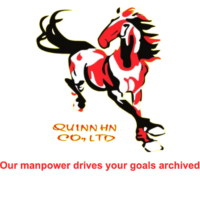

Income Statement vs. Balance Sheet: A Critical Guide for Workforce Management Success
- trienkhaiweb
- 20 November, 2024
- 0 Comments
In the dynamic landscape of labor export, understanding a company’s financial health is paramount. Two key financial tools, the income statement and balance sheet, offer essential insights. While both are integral to financial management, they serve distinct purposes and provide unique perspectives on a business’s performance. This guide, brought to you by Quinn Vietnam Manpower, a leader in labor export solutions, will delve into these statements and their significance in the realm of manpower management.
Why Financial Statements Are Essential for Businesses
Financial statements are the backbone of informed decision-making. They paint a comprehensive picture of a company’s financial status, aiding in strategic planning, investment choices, and risk assessment. For businesses involved in labor export, like Quinn Vietnam Manpower, these statements are particularly crucial for evaluating the profitability of recruitment efforts, managing workforce costs, and ensuring long-term sustainability.

Demystifying the Income Statement and Balance Sheet
Let’s break down these financial reports:
-
Income Statement: The income statement is a dynamic document that captures a company’s financial performance over a specific period. It details revenues generated from core operations, expenses incurred, and the resulting net profit or loss. For a labor export firm like Quinn Vietnam Manpower, this statement reveals the revenue earned from successful placements, the costs associated with recruitment and training, and ultimately, the profitability of their manpower solutions.
-
Balance Sheet: The balance sheet provides a static snapshot of a company’s financial position at a given point in time. It outlines what the company owns (assets), what it owes (liabilities), and the remaining value belonging to the owners (equity). This statement gives Quinn Vietnam Manpower insights into its available resources, financial obligations, and overall net worth, all of which are essential for effective workforce management.
The Crucial Difference: Timing and Focus
The fundamental difference between these two statements lies in their timing and focus:
- Income Statement (Flow): Shows the flow of money over time, indicating a company’s profitability.
- Balance Sheet (Snapshot): Offers a snapshot of a company’s financial health at a single moment, revealing its net worth and liquidity.
Both statements are vital for a complete financial picture. While the income statement tells Quinn Vietnam Manpower whether its workforce solutions are generating profits, the balance sheet reveals the financial stability needed to support ongoing recruitment and training efforts.
Key Metrics and Applications
Each statement provides unique metrics for analysis:
-
Income Statement: Gross profit margin, operating income percentage, and net income percentage are key indicators of operational efficiency and profitability for Quinn Vietnam Manpower’s manpower services.
-
Balance Sheet: Current ratio, debt-to-equity ratio, and working capital are essential metrics for assessing Quinn Vietnam Manpower’s liquidity and financial risk.
These metrics inform crucial decisions regarding pricing, cost control, investment strategies, and overall workforce management.

Using Statements for Strategic Workforce Management
Quinn Vietnam Manpower can leverage both statements to optimize its workforce management:
-
Identifying Profitable Niches: By analyzing revenue streams in the income statement, Quinn Vietnam Manpower can pinpoint the most lucrative sectors for labor export and focus recruitment efforts accordingly.
-
Cost Management: Scrutinizing expenses in the income statement helps identify areas where cost reductions can be made without sacrificing the quality of manpower services.
-
Investment Decisions: The balance sheet provides insights into available funds, guiding Quinn Vietnam Manpower in making informed decisions about expanding operations or investing in new recruitment technologies.
-
Financial Health Assessment: Regularly reviewing both statements allows Quinn Vietnam Manpower to monitor its overall financial health, ensuring it has the resources to meet its obligations and maintain its reputation as a reliable labor export provider.
A Comprehensive Approach to Workforce Management
Understanding and utilizing both the income statement and balance sheet empowers Quinn Vietnam Manpower to make data-driven decisions that enhance its workforce management strategies. By keeping a close eye on financial performance, the company can identify opportunities for growth, mitigate risks, and ensure the long-term success of its manpower solutions.
Important Note:
This article is for informational purposes only and should not be considered financial advice. Always consult with a qualified professional for personalized guidance.
Related articles
Employee Empowerment with Quinn Vietnam Manpower
In today’s dynamic business landscape, organizations are increasingly recognizing the importance of employee empowerment as a key driver of success. Quinn Vietnam Manpower, a leading provider of manpower solutions in Vietnam, understands that empowered employees are more engaged, productive, and committed to organizational goals. This article delves into the concept of employee empowerment, exploring its…
Quinn Vietnam Manpower’s 5 Steps to Successful Coaching in 2025
In today’s dynamic business environment, maximizing your manpower’s potential is crucial for success. Effective coaching programs are key to unlocking this potential, fostering employee growth, and driving organizational performance. Quinn Vietnam Manpower, a leading provider of manpower solutions, presents a comprehensive guide to successful coaching in 2025. Whether you’re leading coaching sessions yourself or partnering…
Functional Skills: A Guide for Quinn Vietnam Manpower’s Workforce in 2025
In today’s competitive job market, possessing strong functional skills is more critical than ever. For Quinn Vietnam Manpower, equipping our manpower resources with these essential skills is key to their success and the success of our partner businesses. This comprehensive guide explores the importance of functional skills, particularly in Math and English, and how Quinn…
Level Up Your Workforce: Gamification Strategies for Quinn Vietnam Manpower
In the competitive landscape of Vietnam’s manpower industry, attracting, engaging, and retaining top talent is more critical than ever. Quinn Vietnam Manpower recognizes the power of innovative solutions, and gamification is emerging as a game-changer in the realm of human resources. By integrating game mechanics and elements into various HR processes, Quinn Vietnam Manpower can…
3 Communication Skills Every Manager Needs to Thrive
In today’s rapidly evolving business landscape, effective communication skills are more critical than ever for managers. Whether you’re a seasoned leader or newly promoted, honing your communication abilities can significantly impact your team’s performance, morale, and overall success. This article delves into three essential communication skills every manager needs to master in 2025 and highlights…
Harnessing the Power of Insights with Quinn Vietnam Manpower
In the dynamic landscape of 2025, where businesses face unprecedented challenges and opportunities, the ability to gain profound insights is more critical than ever. For project management (PM) in Vietnam, this rings especially true. Quinn Vietnam Manpower, a leading provider of manpower solutions, recognizes the crucial role of insights in driving project effectiveness and organizational…







